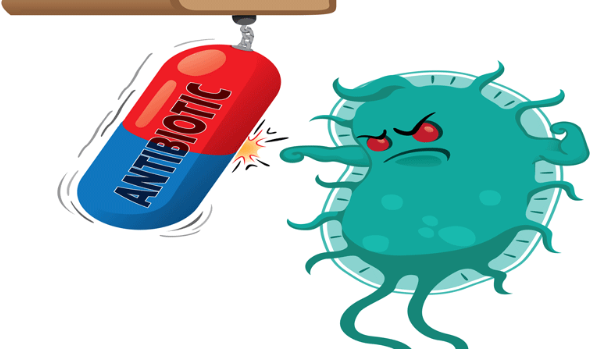For students who are facing difficulties in understanding this complex topic, you can use the following information to guide your efforts. Firstly, learn about the evolution of the disease. Then, learn about the mechanisms of antibiotic resistance. Finally, learn about prevention. By following the steps in the article, you will be able to finish your task in a timely fashion. Here are some useful Antibiotic resistance homework helpers:
Table of Contents
Evolution
You may be wondering how bacteria developed antibiotic resistance. In fact, bacteria reproduce at an incredibly fast rate, and this process results in mutations. These mutations add to the diversity of bacteria and change their chemistry, enabling them to survive antibiotics. Since bacteria pass their genes down through the generations, antibiotic resistant strains will continue to multiply, allowing for less competition. If you need some help with your homework on this topic, here are some resources to get you started:
First, let’s explore the environment, which is one of the major factors in the evolution of antibiotic resistance. Freshwater and other body of water contain diverse populations of bacteria. Intensive antibiotic usage may have selected these bacteria. It is possible that these bacteria are evolving broad defensive mechanisms as a result of the contaminated water. This may also be a source of genetic exchange, which may be the basis for resistance. Hence, the role of freshwater is crucial in promoting the emergence of antibiotic resistance.
Other factors that lead to the development of antibiotic resistance include untreated effluents from hospitals and pharmaceutical manufacturing industries. Another contributing factor is improper disposal of expired and unused medications, which exposes microbes to antibiotics. The evolution of antibiotic resistance is a long process, which may take decades, or even centuries. However, there are ways to minimize the impact of antibiotic resistance. You can undo the damage caused by current antibiotics, or try to develop new antibiotics. In either case, a basic arms race continues to cost lives and money.
Mechanisms
There are many factors involved in bacterial antibiotic resistance. These changes may be intrinsic or acquired. Inherent resistance, as the name implies, is a trait that a bacterium possesses that is not acquired by horizontal gene transfer. Bacterial mutations that lead to antimicrobial resistance usually occur in gene types that are drug targets, transporters, or regulators. However, these changes often come at a cost to the organism. The acquisition of methicillin resistance in Staphylococcus aureus, for instance, results in a lower growth rate.
Acquired antibiotic resistance is a consequence of the production of enzymes that introduce biochemical changes into the antimicrobial molecule. Multiple modifying enzymes have been identified. In bacteria, the most common biochemical reactions involve acetylation, phosphorylation, and adenylation. These modifications decrease the avidity of the drug, resulting in higher bacterial MICs. This mechanism is the dominant one in antibiotic resistance.
The mechanisms of antimicrobial resistance vary greatly among bacteria. Gram negative bacteria, for example, use all four mechanisms. Gram positive bacteria, on the other hand, use one or two of them less frequently. Antibiotics can interfere with protein synthesis in bacteria, limiting their ability to absorb the drug, and inhibiting the bacterial cell membrane. In the long run, these mechanisms can severely limit the therapeutic value of many antimicrobials.
Prevention
The prevention of antibiotic resistance is essential for the continued use of these drugs. Currently, the overuse of antibiotics is a leading cause of this problem. It is important to prevent this by making antibiotics unavailable over the counter. However, in order to prevent overuse, there are several important steps that should be taken to reduce antibiotic resistance. The first and most effective step towards preventing antibiotic resistance is to educate the general public. This can be done by developing public relations campaigns focusing on small messages, developing community outreach activities, and training clinic staff.
A global strategy to prevent antibiotic resistance is needed to address the issue. The agenda for combating this problem differs in high and low-income countries. In low-income countries, more children die from lack of antibiotics than from misuse of these drugs. In addition to addressing the issue of misuse, an effective prevention strategy must consider environmental and animal exposure to antibiotics. Currently, the biggest consumers of antibiotics are LMICs, where the growth of economic development and the increased consumption of animal protein is a major concern.
The prevention of anti-biotic resistance involves overcoming barriers between different antibacterial strategies. The old adage, ‘one infection, one bug, one drug’ no longer applies to antibiotic resistance. This problem requires a multilateral attack, involving the environment, groups of patients, and the use of antibiotics in general. Antibiotic resistance is a complex problem and prevention strategies must acknowledge this complexity. The global health threat is increasing and the need for prevention is urgent.






